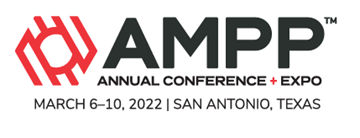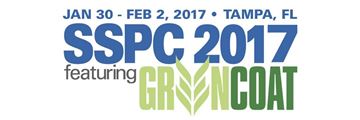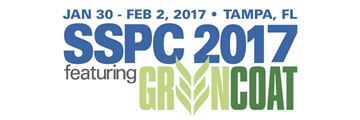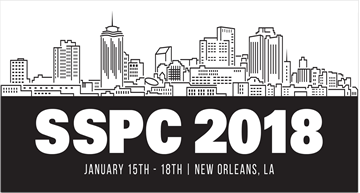Search
Products tagged with 'epoxy coatings'
View as
Sort by
Display
per page
Global Environmental Regulations Drive New Technologies in Epoxy Coatings
Product Number:
41215-927-SG
Publication Date:
2015
$20.00
Graphene - Something New for Decades old Epoxy Coating Technology
Product Number:
51323-19109-SG
Publication Date:
2023
$20.00
How A Single-Coat, Non-Hazardous Epoxy Saves Charlotte Water Money In The Long Run
Product Number:
51322-17988-SG
Publication Date:
2022
$20.00
Hydrophobic Elastometric Coatings for Chemical Resistant Linings
Product Number:
51217-022-SG
Publication Date:
2017
$20.00
Improved Flexibility of Bis-Phenol a Epoxy Paint by Crosslinking with Amino-Functional Siloxane Resin
Product Number:
41205-173-SG
Publication Date:
2005
$20.00
Improvement of Weather Resistance for Epoxy Based Coatings on Marine Structures
Product Number:
51216-008-SG
Publication Date:
2016
$20.00
Introduction to Zero VOC High Performance Waterborne Epoxy Systems in Industrial Protective Coating Application
Product Number:
51217-084-SG
Publication Date:
2017
$20.00
Is the Heat and Pressure of Formulating Coatings for the Oil and Gas Market Getting to You?
Product Number:
41215-925-SG
Publication Date:
2015
$20.00
Large-Scale Pilot Test Leads to Successful Coating Specification and Application in a Major Wastewater Rehabilitation Facility
Product Number:
51323-19033-SG
Publication Date:
2023
$20.00
NACE SP0395-2013 (formerly RP0395), "Fusion-Bonded Epoxy Coating of Steel Reinforcing Bars"
Product Number:
21071-SG
Publication Date:
2013
$179.00
NACE WJ-3/SSPC-SP WJ-3-2012 (Editorial Corrections 1/5/2017), Waterjet Cleaning of Metals—Thorough Cleaning (WJ-3)
Product Number:
21156-SG
$179.00












